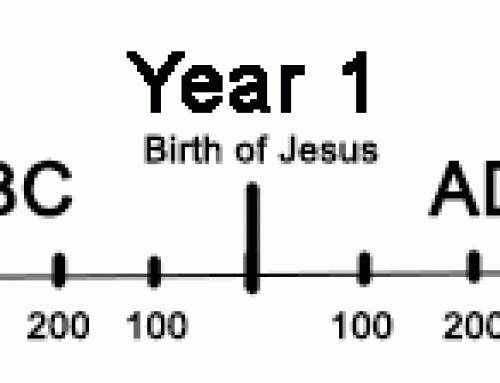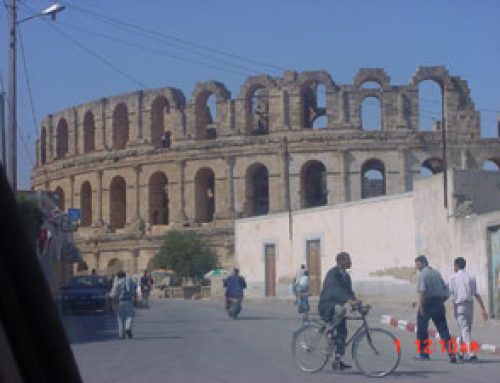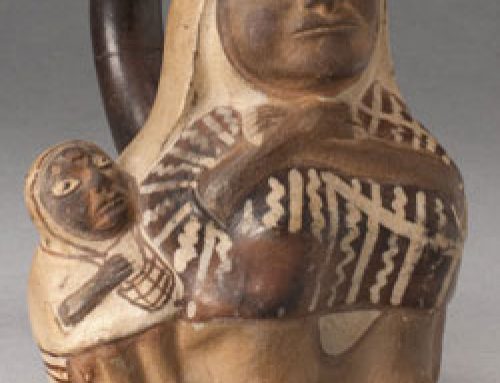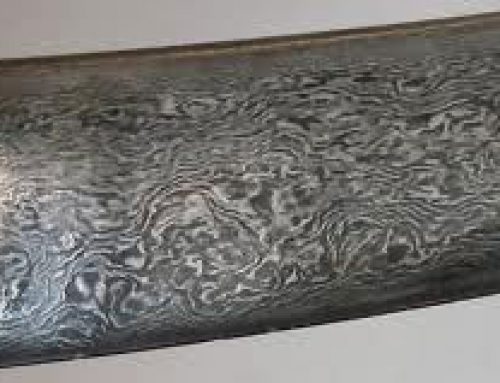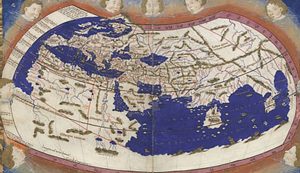
A copy of Ptolemy’s map of the world
Ptolemy was born in Egypt in about 90 AD, when the Romans were ruling Egypt. He was a Roman citizen. Probably he was the son or grandson of a Roman government slave – maybe a clerk – who was freed and got citizenship.
As a boy, Ptolemy went to Greek schools in Alexandria and wrote in Greek. When he grew up, Ptolemy was probably the greatest scholar of his time west of India. He made two big contributions to human knowledge. One of them was mostly right and the other one, as it turned out, was mostly wrong.
Ptolemy was mostly right about his map of the world. He followed Eratosthenes in using latitude and longitude, but his map is much better than Eratosthenes’ map. Ptolemy got the outlines of the Mediterranean and the Atlantic coast mainly right, even as far north as the Baltic and Scandinavia. West Asia, the Arabian peninsula, and the Persian Gulf are also pretty much right. But Ptolemy didn’t know what was in the southern part of Africa, and he didn’t know about the Pacific Ocean, the Americas, or Australia. He didn’t try to show the earth as big around as Eratosthenes had shown it was. His ideas about India and Sri Lanka were pretty vague. But he had heard of southeast Asia. It’s a good effort.
On the other hand, Ptolemy was mostly wrong about his other great effort. He thought that the earth stood still and the sun, the stars, and the moon all circled around it. Ptolemy knew that some earlier astronomers, including Aristarchus, had thought that the earth went around the sun. But he thought that couldn’t possibly be right. Instead, Ptolemy developed explanations for the motion of the planets assuming that they were all going around the earth.
If you think that the planets are going around the earth, some of them sometimes seem to shift direction and go backwards for a while – Ptolemy called this retrograde motion. He developed complicated mathematical formulas to predict when each planet would go into retrograde motion. (That’s what astrologers mean today when they say that “Mars is in retrograde.”) But really the planets only appear to be going backward as seen from the Earth. They are just going in plain orbits pulled by gravity around the Sun.
Ptolemy, like Galen at the same time, also worked to show that the Skeptics were wrong, and people could use their senses to get accurate information about the world. Ptolemy studied how eyes worked. He believed, like Euclid (but against Aristotle), that invisible rays came out of your eyes to hit objects, like bats using sonar, instead of light entering your eyes. Ptolemy did careful experiments with refraction. He correctly worked out the rules for how much light bends when it goes through air, water, or glass. Ptolemy lived to be older than most people of his time. He died when he was about 70 years old, still in Alexandria, in Egypt.
